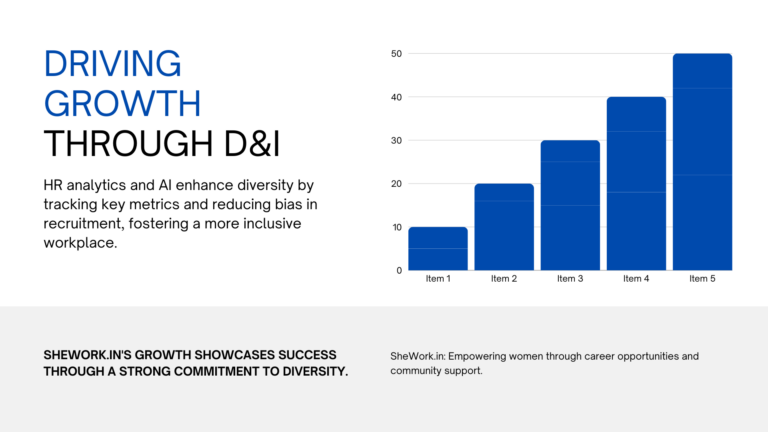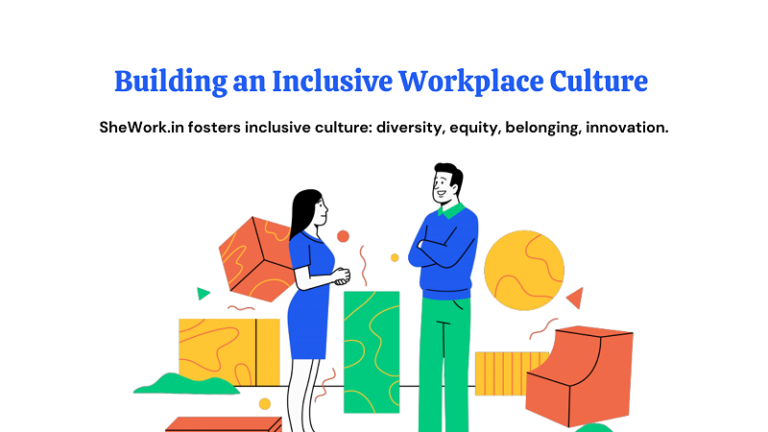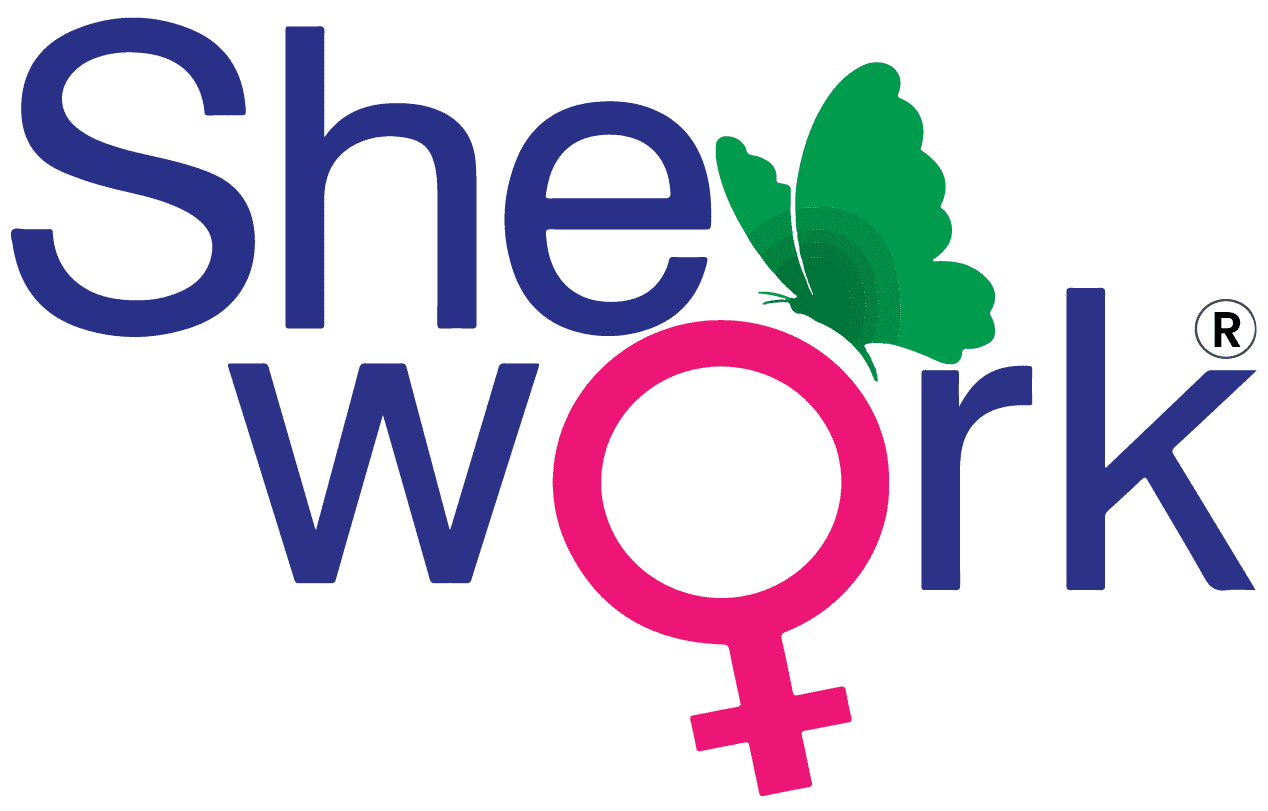
- Introduction
- Brief overview of diversity and inclusion in the workplace
- Importance of a diverse and inclusive workforce
- Purpose of the article.
- Understanding Diversity & Inclusion
- Definitions of diversity and inclusion
- Benefits of diversity and inclusion in the workplace
- Assessing Current Workforce
- Conducting diversity audits
- Identifying gaps and areas for improvement
- Creating an Inclusive Recruitment Strategy
- Settting clear diversity goals
- Inclusive job descriptions and postings
- Expanding recruitment channels
- Unbiased screening and interviewing processes
- Implementing Diversity Traning Programs
- Training for HR and hiring managers
- Ongoing education and workshops
- Leveraging Technology and Data Analytics
- Using HR analytics to track diversity metrics
- Implementing AI and machine learning for unbiased recruitment
- Building an Inclusive Workplace Culture
- Promoting a culture of respect and inclusion
- Employee resource groups and support networks
- Conclusion
Introduction
In today’s interconnected world, fostering diversity and inclusion (D&I) isn’t just a trend; it’s a necessity for organizational success. This blog aims to equip HR professionals with practical strategies to build a diverse and inclusive workforce. By exploring the benefits of D&I, assessing current diversity levels and outlining actionable recruitment strategies, we’ll pave the way for innovation and better decision-making. We’ll delve into the importance of ongoing training, leveraging technology and nurturing an inclusive culture. Ultimately, we’ll guide you on measuring success and continuously improving these initiatives. Welcome to “Building a Diverse and Inclusive Workforce: HR Recruitment Strategies for the Modern Era.”
Understanding Diversity and Inclusion
Definitions of Diversity and Inclusion
Diversity refers to the presence of differences within a given setting. In the workplace, this can mean differences in race, gender, age, sexual orientation, disability, nationality, education and socioeconomic status. Inclusion on the other hand, is the practice of creating an environment where all individuals feel respected, accepted and valued. It involves providing equal opportunities and resources so that everyone can contribute to their fullest potential.
Benefits of Diversity and Inclusion in the Workplace
- Enhanced Creativity and Innovation: Diverse teams bring varied perspectives and ideas, fostering creativity and innovation. This can lead to more effective problem-solving and better products and services.
- Improved Decision-Making: Diverse teams are better at making decisions as they consider a wider range of perspectives and potential solutions.
- Increased Employee Engagement: Inclusive workplaces promote a sense of belonging among employees, which increases engagement and motivation.
- Better Financial Performance: Studies have shown that companies with diverse leadership teams are more likely to outperform their peers financially.
- Attracting Top Talent: A commitment to diversity and inclusion can enhance an organization’s reputation, making it more attractive to top talent from various backgrounds.
By understanding the importance of D&I and the tangible benefits it brings, HR professionals can make a compelling case for investing in these initiatives and implementing effective recruitment strategies.
Assessing Current Workforce Diversity
Conducting Diversity Audits
Before implementing new recruitment strategies, it is essential to understand the current state of diversity within the organization. Conducting a diversity audit involves collecting and analyzing data on the demographic makeup of the workforce. This includes gathering information on race, gender, age, disability status and other relevant characteristics. Surveys and anonymous feedback forms can also provide insights into employees’ perceptions of diversity and inclusion within the organization.
Identifying Gaps and Areas for Improvement
After collecting data, identify gaps in diversity, such as underrepresentation of women in leadership or racial diversity in departments. This helps HR develop strategies, set realistic diversity goals, measure progress, and allocate resources to foster inclusivity. Assessing workforce diversity is crucial for pinpointing needs and driving targeted improvements.
Creating an Inclusive Recruitment Strategy

Setting Clear Diversity Goals
To build a diverse workforce, it is important to set clear and achievable diversity goals. These goals should be specific, measurable, attainable, relevant and time-bound (SMART). For instance, a goal might be to increase the percentage of women in leadership positions by 20% over the next two years.
Inclusive Job Descriptions and Postings
Job descriptions play a crucial role in attracting diverse candidates. Use inclusive language that welcomes applicants from all backgrounds. Avoid jargon or terms that might unintentionally discourage certain groups from applying. Additionally, highlight the organization’s commitment to diversity and inclusion in the job postings.
Leveraging Technology and Data Analytics
Using HR Analytics to Track Diversity Metrics

Data analytics can provide valuable insights into the effectiveness of diversity and inclusion initiatives. HR analytics tools can track metrics such as the diversity of applicants, hiring rates, promotion rates and employee retention. By regularly analysing this data, organizations can identify trends and areas that need improvement.
Implementing AI and Machine Learning for Unbiased Recruitment
AI and machine learning technologies can help reduce bias in the recruitment process. For example, AI-powered tools can screen resumes and rank candidates based on their skills and qualifications, rather than personal characteristics. Machine learning algorithms can also identify patterns in hiring data that may indicate bias, allowing organizations to address these issues proactively.
Building an Inclusive Workplace Culture

Promoting a Culture of Respect and Inclusion
An inclusive workplace culture is essential for retaining a diverse workforce. This involves creating an environment where all employees feel respected and valued. Encourage open communication, celebrate diversity, and recognize the contributions of all employees. Providing regular feedback and creating opportunities for professional development also contribute to a positive and inclusive workplace culture.
Employee Resource Groups and Support Networks
Employee resource groups (ERGs) are voluntary, employee-led groups that provide support and networking opportunities for underrepresented groups within the organization. ERGs can help foster a sense of community and belonging and provide valuable insights into diverse employees’ needs and concerns. Supporting the formation and activities of ERGs demonstrates the organization’s commitment to inclusion.
Conclusion
Building a diverse and inclusive workforce is an ongoing journey that requires commitment, strategy, and continuous effort. At Shework.in, we believe that embracing diversity and fostering inclusion not only enriches our company culture but also drives innovation and success. By implementing these HR recruitment strategies, companies can attract, hire, and retain a diverse range of talented individuals, creating a more dynamic and effective workforce.
For more information on how to access diverse talent pools, visit Recruit CRM’s talent pool. Let’s work together to create workplaces where everyone has the opportunity to thrive.
